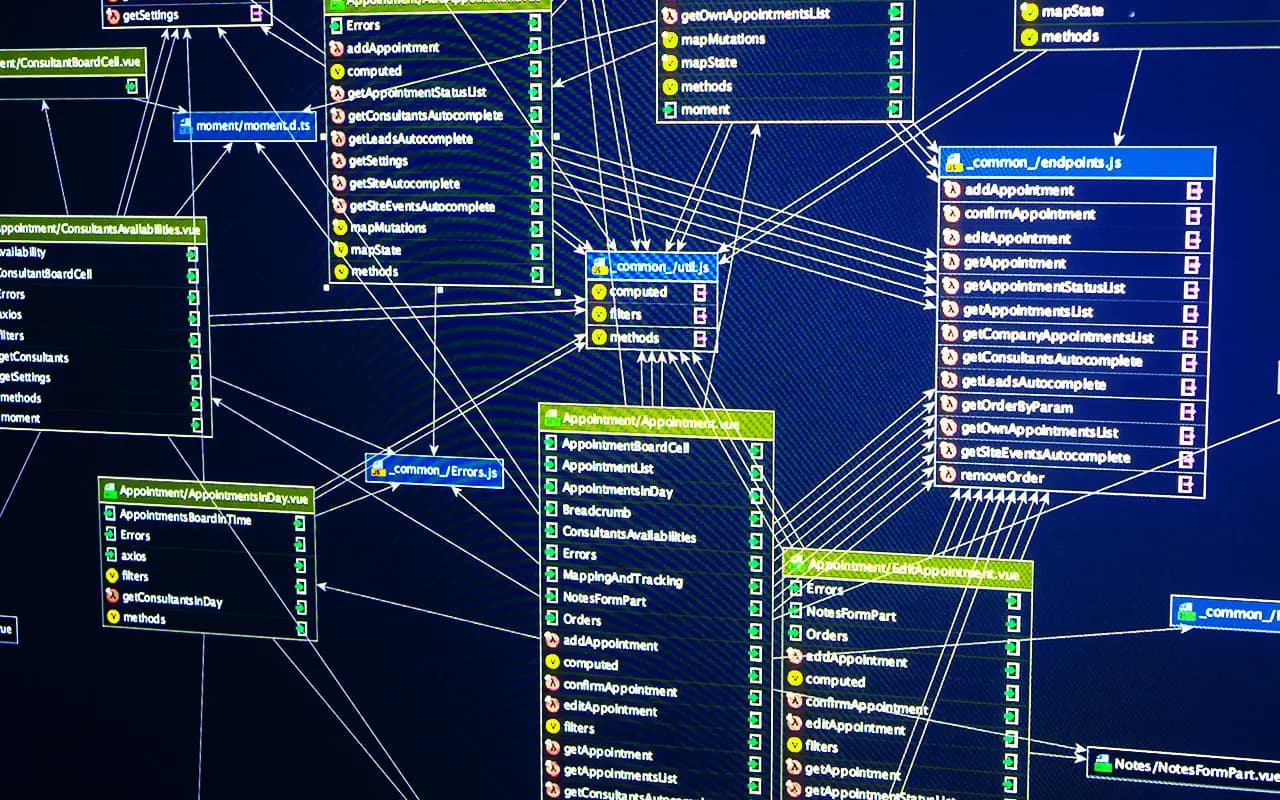X-Labs
Get insight, analysis & news straight to your inbox

DSPM ROI that Stands Up in the Boardroom

Lionel Menchaca
January 20, 2026

ChatGPT Security for Enterprises

Lionel Menchaca
January 15, 2026

How to Architect an Effective Insider Risk Program

Tim Herr
January 14, 2026

Essential Guide to Insider Risk: Detect, Prevent and Respond

Lionel Menchaca
January 13, 2026

9 Top AI Cloud Security Solutions for Guarding Sensitive Data

Tim Herr
January 10, 2026

AI Security Best Practices: How to Protect Sensitive Data in GenAI Tools

Lionel Menchaca
January 8, 2026

How Does Forcepoint DSPM Compare to Varonis?

Tim Herr
January 6, 2026

X-Labs
2025 Holiday Scams: Docusign Phishing Meets Loan Spam


Mayur Sewani & Ben Gibney
December 22, 2025

PII Data Classification: Main Data Types and Tools to Catalog Them

Lionel Menchaca
December 21, 2025

SQL Data Discovery and Classification for Database Security

Tim Herr
December 20, 2025

6 Best PII Data Discovery Tools to Ensure Compliance

Lionel Menchaca
December 19, 2025


